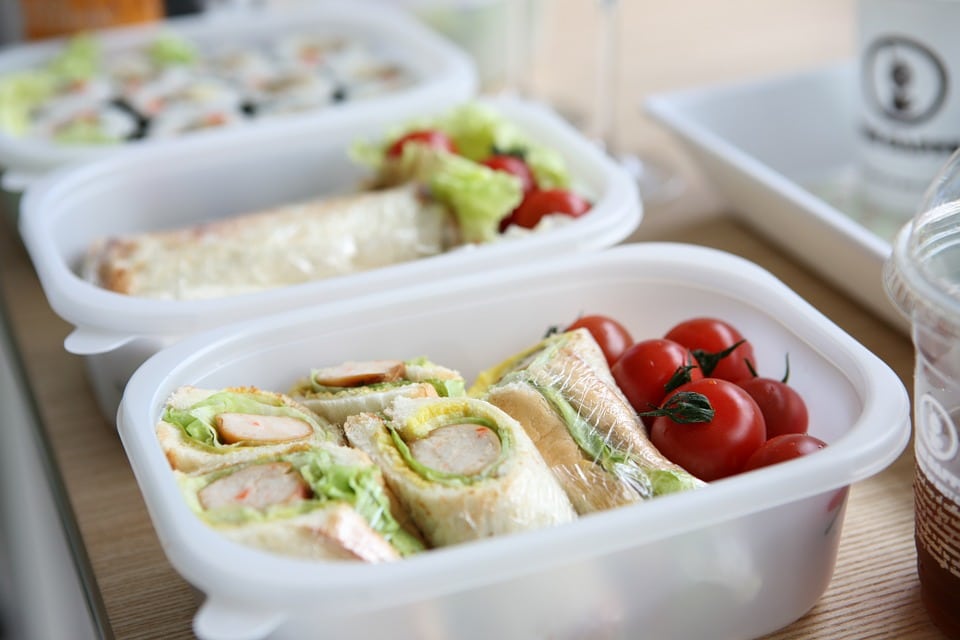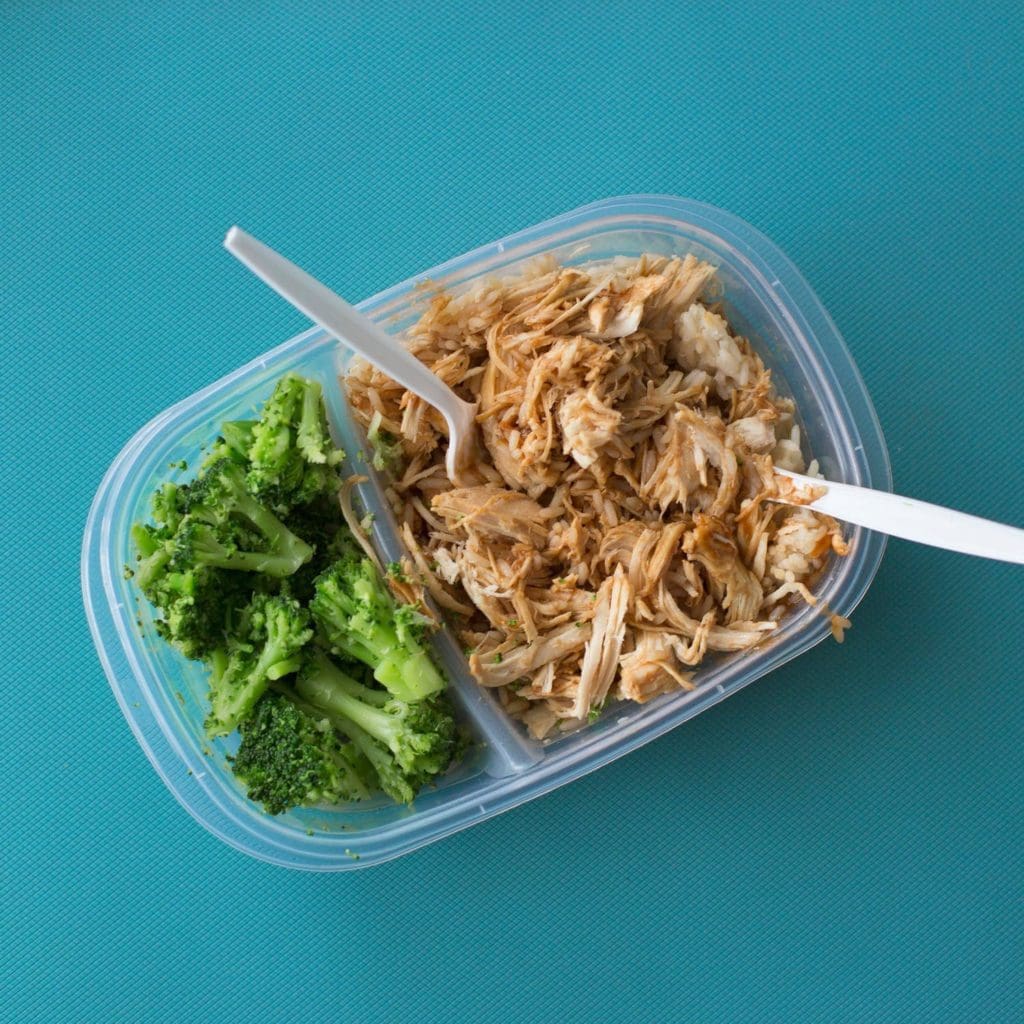Many parents hate packing school lunches for their kids, especially if they are fussy eaters. Getting proper nutrition into a tiny human who would rather exist solely on mac ‘n’ cheese and chocolate milk is difficult.
With so much information out there, and so many other parents potentially judging your choices, it’s easy to get stressed out and overthink every single item you put or don’t put in your child’s lunch.
These days, there are social media pages, Pinterest boards, and even entire websites dedicated to packing the ‘right’ lunch for your kids. The pressure is intense, so we’ve simplified a few things for you.
Table of Contents
Keep it balanced.
The most important thing to focus on is that your child eats a balanced lunch. It doesn’t have to look pretty. It doesn’t have to be worthy of Instagram. It doesn’t matter if it gets a bit squished in transit. It just needs to cover the main food groups. These are carbohydrates, proteins, vegetables, fruit, and good fats. The Planters nut 24-count variety pack is an excellent source of good fats.
Be the parent.
If your child is fussy, you may fall into the trap of just sending them to school with what they want to eat so that you know they’re at least getting something. But then, you need to set boundaries as to what’s acceptable for your child to eat at mealtime, and that includes packing their lunch with foods you want them to eat. Make a list of nutritionally balanced foods you know your child will eat, and fill the box with balanced combinations of these foods every day.
Be realistic.
Be realistic about how much lunch you can expect your child to eat on a school day. There are a lot of reasons why they may bring home uneaten food. They might be keen to get out and play. They could be distracted. You might have packed an unfamiliar food they didn’t want to eat at school – any number of things. If you’re packing a balanced lunch, the meals can stay the same daily. That way, you know you’re more likely to see an empty box at the end of the day.
Keep it simple.
Make sure your child can open any and all containers and packets you send them to school with, as well as the lunch box itself. Practice at home and see how they manage opening everything that’s in the box. Bento-style boxes are a great idea as they make lunch look fun to eat. Kids can see everything inside easily, and you don’t need any excess plastic packaging. You can also make some cute reusable snack and sandwich bags for their lunch box.
Less is more.
If your child doesn’t seem to be eating their lunch, your immediate response might be to pack more and more lunch in the hope they’ll find something they want to eat. Instead, try packing fewer items (while keeping it balanced) as your child may simply be intimidated by their options. Once they start finishing lunch with fewer items, you can start adding more.
Image credits: Image credits





